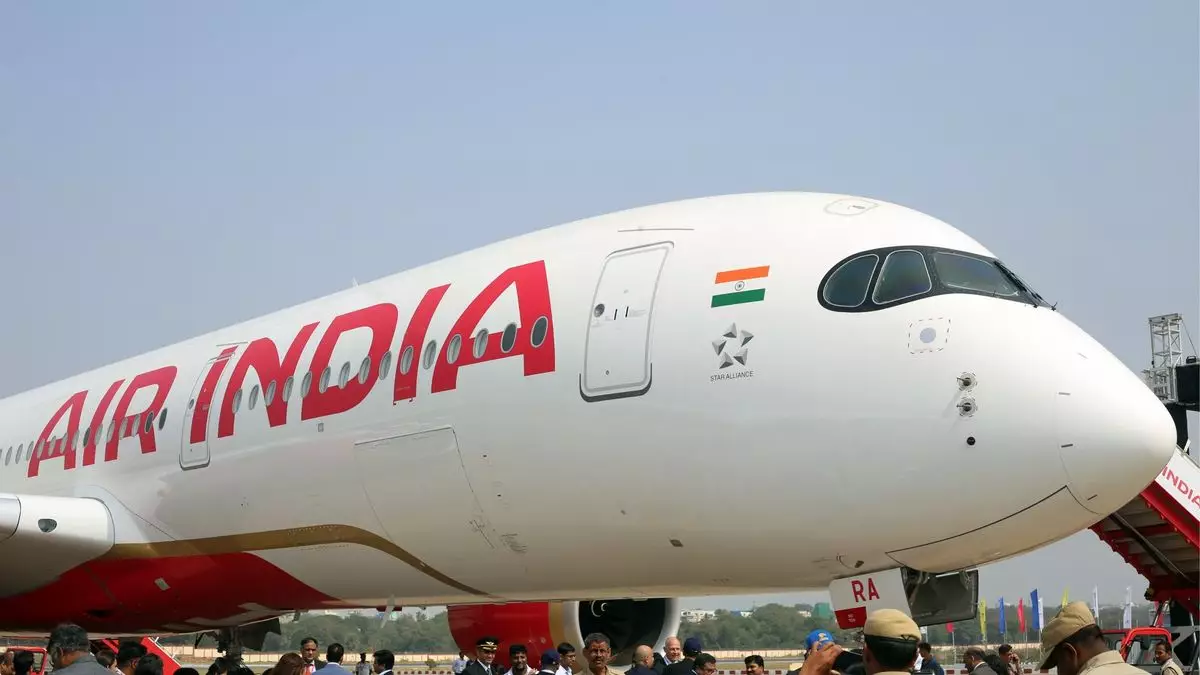In a striking revelation, India’s civil aviation ministry has conducted a rigorous review, exposing alarming safety lapses at two major airports: Mumbai and New Delhi. This evaluation, spearheaded by the Directorate General of Civil Aviation (DGCA), signals a turning point for the Indian aviation sector, as the inconsistencies in safety compliance could have dire implications for passengers and crew alike. The DGCA’s scrutiny involved an exhaustive examination of crucial operational domains, including flight procedures and ground safety measures, bringing to light the pressing need for immediate corrective action.
Identifying Systemic Issues
The DGCA’s findings paint a concerning picture of the current state of safety within Indian aviation. A notable issue is the repeated emergence of aircraft defects, suggesting a glaring deficiency in the monitoring and rectification processes. This raises significant questions about the reliability of maintenance protocols and the overall readiness of the fleet. It is unacceptable that such fundamental oversights continue to occur, particularly given the stakes involved in air travel where human lives are on the line.
Moreover, the review identified critical failures in safety practices, such as the neglect of maintenance work orders and insufficient safety precautions. These deficiencies not only jeopardize the safety of the aircraft but also create an unsafe working environment for aviation staff. An instance cited in the report highlighted faded runway markings, which can directly impact navigational accuracy for pilots, ultimately posing a risk during landings and takeoffs.
A Culture of Accountability and Improvement
One cannot help but wonder if the aviation sector is experiencing a systemic culture of avoidance and negligence. The DGCA’s findings indicate that these lapses are not isolated incidents but rather symptoms of deeper institutional shortcomings. While the agency has committed to ongoing surveillance and has instructed operators to implement corrective measures within a week, the real test will be whether these directives are met with genuine commitment or merely become another box-ticking exercise.
The devastating June crash of an Air India flight, which resulted in the loss of numerous lives, serves as a sobering reminder of what is at stake. This tragic incident should be viewed as a clarion call for comprehensive reforms aimed at elevating safety standards across the board. It is imperative that all stakeholders in the aviation industry, including airlines, airport authorities, and regulatory bodies, take a unified stance towards building a safer air travel environment.
Looking Ahead: Strengthening Regulations
As we look forward, it is crucial for the DGCA and other governing bodies to not only enforce stricter regulations but also to foster a culture of safety that permeates every level of the aviation industry. This includes investing in advanced training programs for maintenance personnel, ensuring that health and safety protocols are prioritized, and implementing robust monitoring systems to catch potential hazards before they escalate into life-threatening scenarios.
While the DGCA has taken an important first step in identifying safety failings, the responsibility now lies with airlines and airport management to take swift, decisive action. The aviation future in India hangs in the balance, and as the country aspires to be a global leader in air travel, it must uphold the highest standards of safety and accountability. The commitment to improvement not only fosters public trust but also honors the memory of those lost in tragic incidents.


Leave a Reply